|
|
|
Книги издательства «Cambridge University Press»
|
Offering plenty of self-study practice for beginner to upper-intermediate learners, these small and easy-to-carry books are ideal for busy people to use outside the classroom. Vocabulary in Practice 6 covers about 600 useful words for upper-intermediate students. Contains 40 short units, regular tests, an answer key and a word list with pronunciation. It is ideal for self-study. |
|
Vocabulary in Use: Upper Intermediate helps high-intermediate to advanced learners consolidate and expand their knowledge of English vocabulary. The book contains 100 lessons that cover approximately 3,000 new vocabulary items. Ideal for self-study, its easy-to-use format presents a content — or grammar-based area of vocabulary on the left-hand page and innovative practice activities on the right-hand page. Firmly based on current vocabulary acquisition theory, this text promotes good learning habits and teaches students how to discover rules for using vocabulary correctly. An edition without answers, suitable for classroom use, is available; an intermediate level is also available. |
|
Vocabulary in Use: Upper Intermediate helps high-intermediate to advanced learners consolidate and expand their knowledge of English vocabulary. The book contains 100 lessons that cover approximately 3,000 new vocabulary items. Ideal for self-study, its easy-to-use format presents a content — or grammar-based area of vocabulary on the left-hand page and innovative practice activities on the right-hand page. Firmly based on current vocabulary acquisition theory, this text promotes good learning habits and teaches students how to discover rules for using vocabulary correctly. An edition with an answer key, suitable for self-study, is available; an intermediate level is also available. |
|
This resource book of vocabulary practice activities enables teachers to teach vocabulary communicatively in the classroom. Learner-centred in its approach, the material has the dual aim of helping students acquire vocabulary and develop skills and strategies for effective learning. Redesigned from the original version, this photocopiable resource pack retains a fresh approach to vocabulary learning. The book provides a variety of stimulating activities which require learners to actively use the target vocabulary. It develops learning skills, helping learners to become more efficient in organising, storing and remembering new vocabulary. It is easy to use with clear teacher's notes on the left hand pages and facing photocopiable worksheets on the right. The resource book is accompanied by a cassette (Lower Intermediate to Intermediate only) for further practice of the key vocabulary. |

|
Ways of Doing helps students discover how they do things, both inside and outside the classroom. Based largely on humanistic principles, it over 100 activities designed to encourage students to think, speak and write in English about areas they may never have discussed in their mother tongue. Ways of Doing is a rich source of stimulating and easy-to-use lesson ideas requiring minimal preparation. The activities, which are suitable for a range of levels and ages, deal with the following areas: — examining the patterns and processes in students' everyday life — exploring both the mother tongue and the foreign language — group dynamics — exploring and exploiting the course book — ways of learning — correction and feedback. There is also a special teacher development section. |
|
This series of learning objectives offers all practitioners a description of the language needed to assure a learner's ability to deal with the challenges presented by everyday communication. |
|
This series of learning objectives offers all practitioners a description of the language needed to assure a learner's ability to deal with the challenges presented by everyday communication. |

|
A series of ELT readers for young learners of English. Can Big Raven's magic stop the storm? |

|
Welcome! is for people working or planning to work in the tourism, hospitality and travel industries. The core language skills are developed through a wide range of work-related tasks. Particular emphasis is placed on realistic and integrated communication tasks which give students the opportunity to build confidence and improve fluency. The second edition includes updated content, extensive practice in writing emails and further communication activities aimed specifically at busy professionals. |

|
Welcome! is for people working or planning to work in the tourism, hospitality and travel industries. The core language skills are developed through a wide range of work-related tasks. Particular emphasis is placed on realistic and integrated communication tasks which give students the opportunity to build confidence and improve fluency. The second edition includes updated content, extensive practice in writing emails and further communication activities aimed specifically at busy professionals. |
|
Modern, original fiction for learners of English. Rick Drummond is a music lover without a job who dreams of making it big in the world of music. The people around him think he's just a dreamer, or a loser. When his wife walks out on him it seems the real world is falling around him. But then his luck changes when he wins the lottery. Is this really a change of fortune for Rick or is he about to lose again? |
|
The text and audio cassette combine to provide students with a fascinating insight into what it is like to live in Britain today, using recordings of young people from various parts of the country talking about their lives. |
|
This classroom text consists of 12 units, each based on a theme and containing one or two unabridged literary texts and accompanying activities. |
|
Words at Work offers vocabulary development for learners who want to use English more effectively in their working lives. The 17 topic-based units cover a wide variety of business themes and include useful learning tips. A cassette or audio CD of listening and pronunciation activities complements the book. |

|
Working In English is a comprehensive course for Business English learners from Leo Jones, co-author of the successful New International Business English course. The core course comprises 40 one-hour units organised into seven modules. It is supplemented by extra activities from the Teacher's Book to offer maximum flexibility. The units focus on the practical day-to-day activities that all business people — whatever their level or experience — are involved in. The accompanying Video contains specially filmed documentary sequences, made in Europe and the USA, that relate to the themes of the modules and provide authentic input to the course. The pocket-sized Personal Study Book offers useful reference material and fun practice activities to do out of class. It comes with a free audio CD to provide extra self-study listening practice. |
|
Write to be Read helps students develop their academic writing skills. Using thought-provoking authentic readings that challenge students to think critically and clearly, Write to be Read guides students through the processes of reading, reflection, writing and revision. This second edition includes new readings, greater vocabulary support and an improved design. Reading selections in Write to be Read include short stories, magazine articles, and essays. The writing instruction in the first two chapters concentrates on writing clear and well-constructed paragraphs, the remaining five chapters focus on the academic essay. Each chapter includes: • Two authentic readings on closely related topics. • Practice in writing both personal and academic responses to the readings. • Opportunities for reflection and discussion on the chapter topic. • Opportunities for peer feedback on writing. • Instruction in academic writing skills such as paraphrasing, summarizing, writing topic sentences, and organizing an essay. • Exercises to help students expand their knowledge of English grammar. • Practice in editing and revision. |
|
Write to be Read helps students develop their academic writing skills. Using thought-provoking authentic readings that challenge students to think critically and clearly, Write to be Read guides students through the processes of reading, reflection, writing and revision. This second edition includes new readings, greater vocabulary support and an improved design. Reading selections in Write to be Read include short stories, magazine articles, and essays. The writing instruction in the first two chapters concentrates on writing clear and well-constructed paragraphs, the remaining five chapters focus on the academic essay. Each chapter includes: • Two authentic readings on closely related topics. • Practice in writing both personal and academic responses to the readings. • Opportunities for reflection and discussion on the chapter topic. • Opportunities for peer feedback on writing. • Instruction in academic writing skills such as paraphrasing, summarizing, writing topic sentences, and organizing an essay. • Exercises to help students expand their knowledge of English grammar. • Practice in editing and revision. |
|
An updated and revised edition of Trudy Smoke's classic comprehensive writing skills book. Trudy Smoke's classic comprehensive writing text takes students step-by-step through the writing process and contains instruction in grammar, mechanics, and rhetorical forms. It prepares students for the reading and writing assignments they will encounter in their academic courses. This fourth edition features many new high-interest readings from a variety of genres, including personal, academic, journalistic, and fictional writing. |
|
The revised and updated fourth edition of this classic book contains many new features and new readings. The author has selected seven new high interest pieces and retained five favorites from the third edition. The readings represent a wide variety of genres, with at least one academic reading per unit. A Writer's Workbook takes advanced level writing students systematically from reading to writing. Along the way, students read a high interest text; study the structure of academic essays; grapple with troublesome areas of grammar and writing mechanics; read and analyse student model essays; and write, revise and edit. |
|
Writers at Work: The Short Composition is based on the popular Bridges to Academic Writing, which it now replaces. The book starts where Writers at Work: The Paragraph leaves off. It teaches low intermediate to intermediate level students how to compose multi-paragraph short compositions. Students tap into their personal experience to organize their writing, using academic modes of organization, such as exemplification and cause and effect. In addition, students learn how to write about works of fiction and nonfiction by summarizing and citing sources. The approach in this book assumes that even lower level students can handle a full-blown process approach. In each chapter, students work through a five-step composing process: Getting Started, Preparing the First Draft, Revising Your Writing, Editing Your Writing, and Following Up. |
|